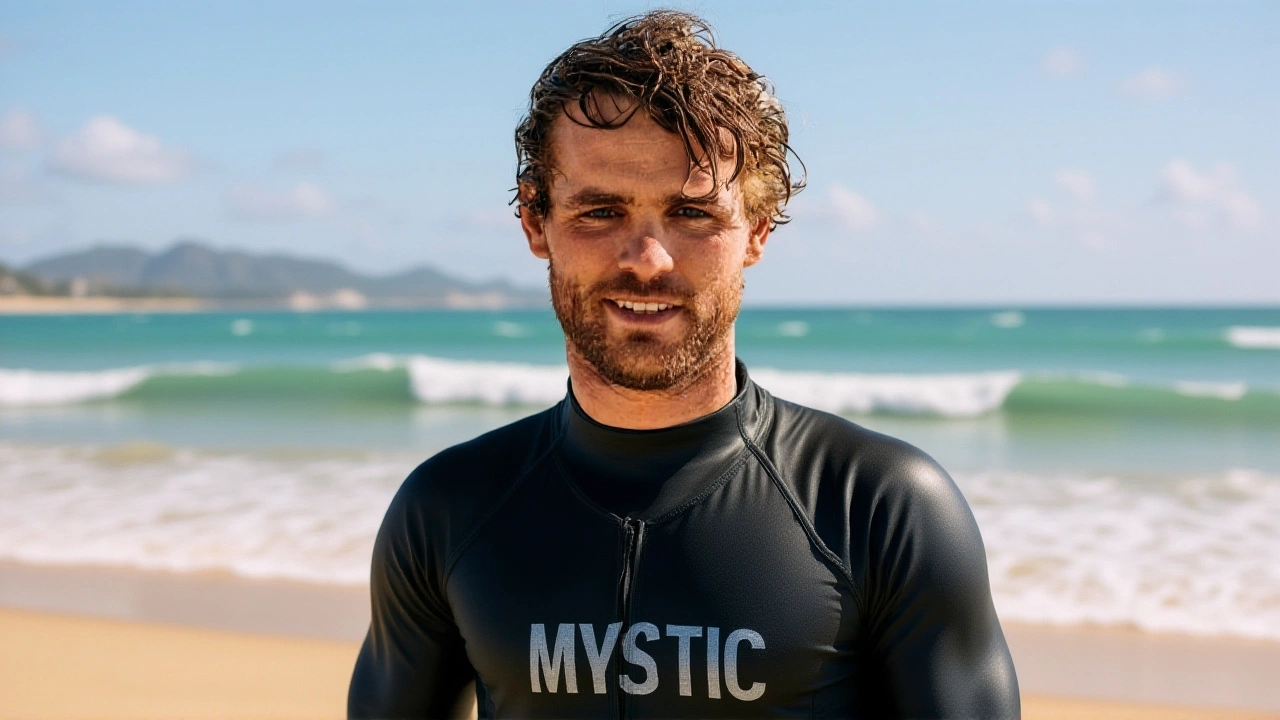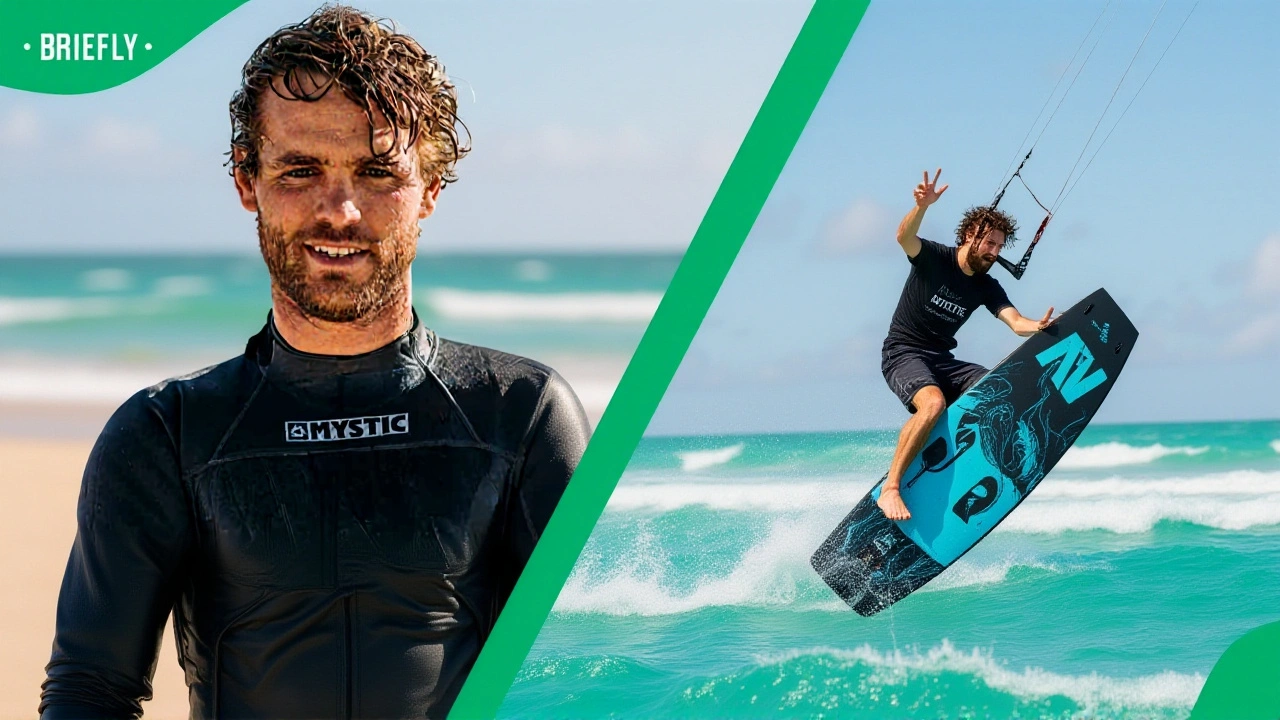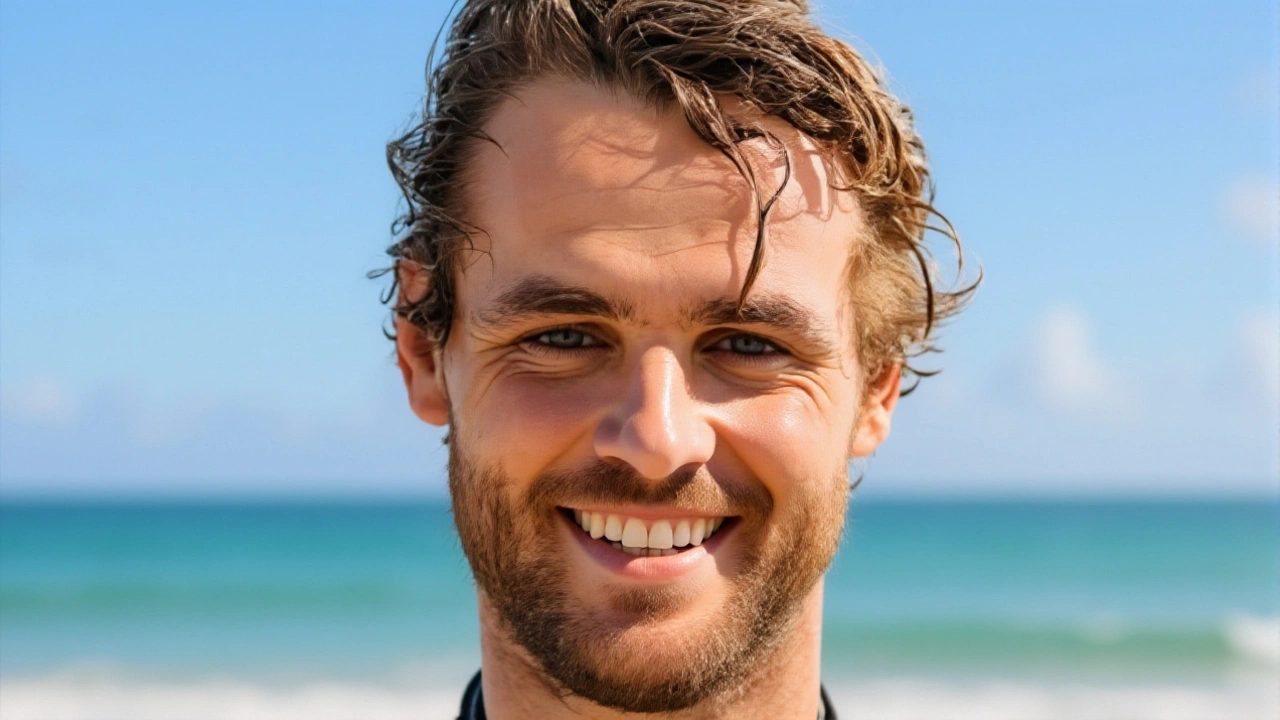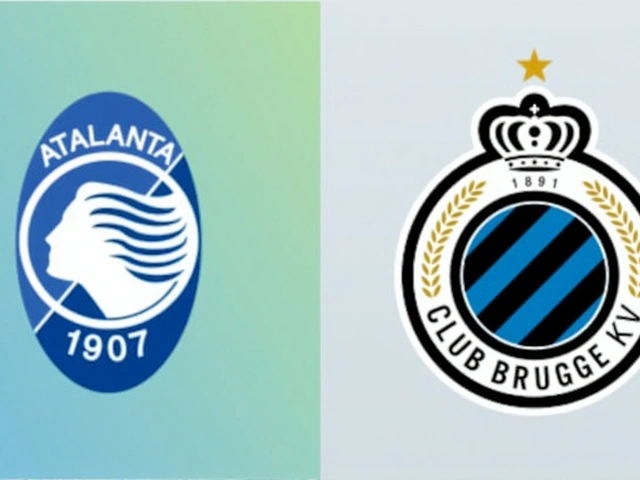When Graham Howes (born , died ) vanished off Blouberg beach on August 27, 2025, Cape Town’s kitesurf community was thrust into a collective gasp.
The National Sea Rescue Institute (NSRI) launched a multi‑day search that spanned more than 150 nautical miles, scouring the Atlantic in helicopters, fast‑response boats and even a drone fleet that hovered above the churning waves. By the morning of August 30, rescuers recovered Howes’ board and confirmed his death at sea.
Background: The Rise of a Kitesurf Icon
Growing up in the suburbs of Cape Town, Howes first felt the pull of the wind at age 12, when a friend introduced him to a battered kite on the local surf. Within five years he’d progressed from beach‑side wobble to mastering the notorious big‑air tricks that now define the sport.
In 2012 he launched Dirty Habits, a street‑wear label that quickly turned into a lifestyle brand. By 2020 the line was stocked in 18 South African stores and sold over 120,000 pieces worldwide, according to a 2023 sales report. The brand’s signature logo – a stylised kite tangled in a graffiti‑sprayed chain – became a badge of honour for anyone who chased the gusts at Blouberg.
The Tragic Day and the Search Operation
On the evening of August 27, Howes set out for a session that friends later described as “typical Graham: late, high‑energy, and chasing the strongest wind bands.” The forecast called for 25‑30 knot gusts, perfect for the massive jumps he loved. Somewhere between the 10‑meter cliffs and the open water, his kite snapped – a failure that went unnoticed until his board drifted ashore, tangled in seaweed.
NSRI’s Chief Rescue Officer, Liam Patel, told reporters: “We deployed two helicopters, three rescue boats and a maritime drone. The ocean was unforgiving, but we left no stone un‑turned.” In total, the operation cost the government roughly R2.3 million (about $130,000) and involved 42 volunteers.
During the search, a convoy of fellow kite surfers formed a silent vigil on Blouberg’s shoreline, their kites dimly lit against the night sky – a moving tribute that later went viral on social media, accumulating more than 1.8 million views.

Howes' Influence on the Kitesurfing World
Howes was a regular at the King of the Air competition, the sport’s most prestigious showdown held annually in Cape Town since 2011. He never clinched the top podium, but his daring attempts at 12‑meter jumps earned him a cult following and the nickname “The Air‑Rocker.”
Beyond the competition arena, his after‑parties were legendary. After each King of the Air finale, Howes’d transform a nearby warehouse into a neon‑lit carnival, complete with live DJs, fire‑breathers, and “kite‑fuel” punch. “It was more than a party; it was a community gathering,” said Sarah Mthembu, a local surf guide who attended almost every event.
Dirty Habits also sponsored “kite‑camps” in remote spots like Langebaan and the Eastern Cape, offering free gear to under‑privileged youth. By 2024, the program had introduced over 5,000 children to the sport, a figure that the brand proudly displayed on its Instagram page.
Reactions from the Community
“Graham was the heartbeat of our scene,” said Johan van der Merwe, a South African Kitesurfing Federation official. “His loss isn’t just a tragedy; it’s a reminder of how quickly the ocean can turn.”
International athletes also voiced their condolences. French world champion Lara Dupont posted, “Your spirit will forever ride the wind, Graham. Cape Town will miss you.”
The funeral, held on September 13 at Elkanah High School (85 Sunningdale Drive), drew over 300 mourners in person and streamed to an estimated 12,000 online viewers across five continents.

Legacy and What Lies Ahead
Howes left behind a ripple that’s already reshaping safety standards. The South African Maritime Safety Authority announced plans to mandate “kite‑specific safety briefings” for all coastal events, a direct response to the circumstances surrounding his disappearance.
Dirty Habits released a limited‑edition “Legacy” hoodie, with proceeds earmarked for a scholarship fund that will support young kitesurfers from disadvantaged backgrounds. The first recipient, 17‑year‑old Mandla Nkosi, will receive a full gear package and mentorship from senior athletes.
For many, the greatest tribute is the way the community continues to ride the wind in his memory. Every gust that lifts a kite near Blouberg now carries a silent salute to the man who taught them to chase it fearlessly.
- Born: April 12 1987 (Cape Town)
- Died: August 28 2025 (off Blouberg beach)
- Founder of: Dirty Habits (est. 2012)
- Regular at: King of the Air (2013‑2025)
- Funeral: September 13 2025, Elkanah High School
Frequently Asked Questions
How will Graham Howes' death affect Cape Town's kitesurf scene?
His passing has sparked a wave of introspection among local riders. Event organizers are now prioritising safety briefings, and several sponsors have pledged funds for youth training programs, aiming to preserve the inclusive spirit he championed.
What safety measures are being recommended after his accident?
The Maritime Safety Authority recommends dual‑kite setups for strong winds, mandatory wear of inflatable vests, and a “buddy‑system” for anyone venturing beyond 500 meters from shore. NSRI also advises real‑time weather app checks before launching.
Who organized Graham Howes' funeral and why was it held at Elkanah High School?
Family members coordinated the service with local authorities, choosing Elkanah High School because Howes had attended the school’s surf program as a teen and wanted the venue to reflect his roots. The school’s auditorium accommodated both live attendees and a live‑stream that reached fans in Europe, Australia and the US.
What is the Dirty Habits brand known for beyond apparel?
Beyond streetwear, Dirty Habits ran free kite‑camp workshops, sponsored local competitions, and produced a quarterly video series called “Wind Stories,” which chronicled riders’ personal journeys. The brand’s community‑first philosophy earned it a loyal global following.
How did the NSRI conduct the search for Howes?
NSRI mobilised two Sikorsky helicopters for aerial scans, deployed three rescue vessels equipped with infrared cameras, and used a marine drone that logged over 30 hours of footage. Volunteers also formed a shoreline watch, reporting any kite debris, which ultimately led to locating his board.







Lois Parker
October 7, 2025 AT 05:10Life on the water is fleeting, and Graham’s story reminds us of that.
Lerato Mamaila
October 7, 2025 AT 05:35Graham wasn’t just a rider, he was a cultural bridge, connecting the sands of Blouberg to the streets of Cape Town, and his loss is felt across every kite‑filled horizon, a reminder that the wind carries both joy and sorrow.
Dennis Lohmann
October 7, 2025 AT 06:00Remember to always run a buddy check before you launch, and keep a safety vest handy – it could be the difference between a story and a tragedy :).
Jensen Santillan
October 7, 2025 AT 06:33The death of Graham Howes is a stark illustration of the thin line between thrill and tragedy.
It underscores the inherent volatility of extreme sports where split‑second decisions can have lifelong consequences.
While the community rightly mourns his passing, the narrative that emerges around his accident is often romanticized, turning a factual loss into a legend of heroic sacrifice.
One must consider the meteorological data from the period; the gusts recorded that afternoon exceeded the recommended thresholds for solo jumps.
The wind speeds of 25‑30 knots were well above the safe limit for unsupervised attempts at 12‑meter jumps.
Moreover, the equipment failure-specifically the kite line snap-highlights a gap in maintenance protocols that many riders overlook.
Industry standards have long advocated for redundant line systems, yet adoption remains patchy across the scene.
The NSRI’s deployment of assets was commendable, but the cost underscores a systemic underinvestment in preventative safety measures.
In the wake of this tragedy, the South African Maritime Safety Authority’s proposed mandatory briefings could serve as a vital regulatory lever.
Yet, enforcement will be key; without rigorous oversight, guidelines risk becoming mere paperwork.
The community’s response-vigil kites, social media tributes-demonstrates a collective grief that transcends sport.
This collective mourning can be harnessed to fuel advocacy for safer practices.
Graham’s own legacy, through Dirty Habits’ youth programs, provides a blueprint for integrating education with sport.
If future events can blend that spirit of mentorship with stringent safety curricula, the loss may become a catalyst for positive change.
Ultimately, the wind will continue to blow, but it is our responsibility to ensure that the riders who chase it are equipped, informed, and protected.
Mike Laidman
October 7, 2025 AT 07:06It is regrettable that a figure of such influence has been lost and this incident should spur an evaluation of current protocols.
J T
October 7, 2025 AT 07:40What a waste of talent, man 😤
A Lina
October 7, 2025 AT 08:13The operational deficiencies evident in this case-specifically the lack of redundant kite control systems and inadequate pre‑flight risk assessment-reflect a broader systemic negligence that cannot be excused by nostalgia.
Virginia Balseiro
October 7, 2025 AT 08:46The waves may have taken him, but his spirit will forever echo across every gust that lifts our kites, igniting a fire in each of us to ride harder, train smarter, and honor his relentless passion!
Lane Herron
October 7, 2025 AT 09:20Oh sure, let’s all sit in a think‑tank while another kite snaps and we lose another legend – brilliant plan, really.
Henry Cohen
October 7, 2025 AT 09:53i dont think they even needed those briefings they could've just told everyone to not jump when the wind is to high .
Fabian Rademacher
October 7, 2025 AT 10:26You know the search drones were probably just a smokescreen, the real agenda was covering up a secret offshore test site they don't want us to discover.
Terrell Mack
October 7, 2025 AT 11:00Great reminder, Dennis – safety first, always. Keep those checks tight and the community strong.
Dawn Waller
October 7, 2025 AT 11:33Isn't it poetic, really? The wind whispers… and we, mere mortals, pretend to grasp its meaning-yet we forget the sea's appetite for hubris!!!
Grace Melville
October 7, 2025 AT 12:06For anyone new to kitesurf safety, start with a certified instructor and always wear an impact vest.
Ashlynn Barbery
October 7, 2025 AT 12:40We extend our deepest condolences to Graham’s family and friends, and we stand ready to collaborate on enhanced safety initiatives for the entire kitesurfing community.
Sarah Graham
October 7, 2025 AT 13:13It’s hard to find words, but thinking of Graham’s joy on the water can inspire us to keep his love for the sport alive.